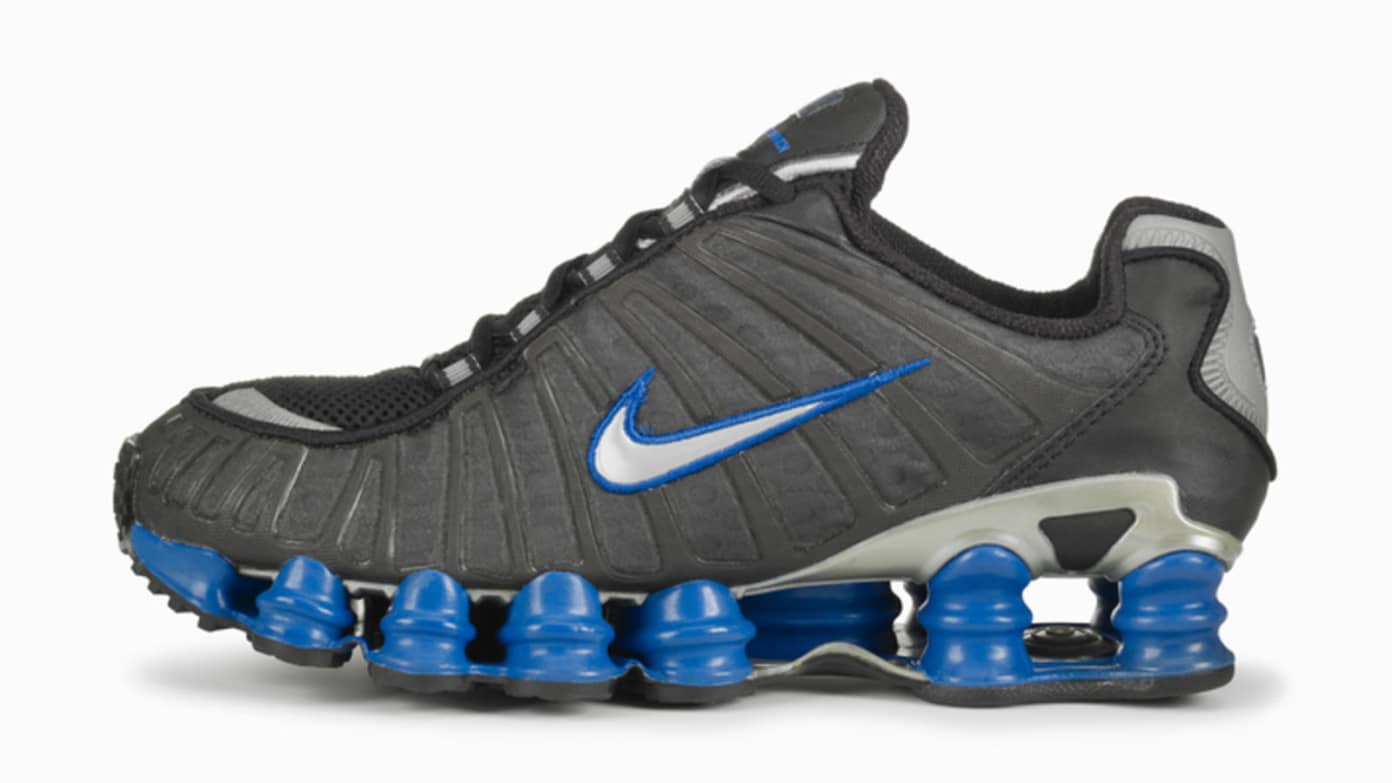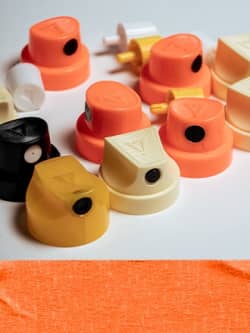#FactsFriday - Nike Shox Technology

With the return of Nike's beloved Shox TL, as well as the release of the Shox R4 from a few weeks back, it's only fitting we take a brief look at this unique time in Nike's historical technology. It changed the game and captivated the market with its forward-looking approach, both with the technology and outer worldly appearance, and we are so pleased to have it back.
The idea of mechanical cushioning was first explored by Bruce Kilgore, the designer of the Air Force 1, way back in 1984. However, it took over 10 years for Nike Shox to become the cult classic it was. This is because Kilgore's mechanical cushioning approach differed so much from air pillows that had already become synonyms with Nike’s cushioning technology. 
Kilgore's idea would be the start of the first shoe to ever incorporate what is known as energy-returning technology. Where most cushioning technologies absorb or displace force, a system like the Shox's columns collapses toward the centre as opposed to the edges of the heel, helping to absorb the impact efficiently. This was all demonstrated in Bruce Kilgore's contraption.
The shoe design itself was inspired by a space-age concept that had the design team looking at space suits and other astronaut gear for detail inspirations, with the pistons themselves taking design cues from the round space shuttle rocket boosters.

2000 saw the first commercial Shox sneaker hit the market in the form of the now loved Nike Shox R4, the same model the Swoosh recently brought back from their archives. It was one of the most legendary runner variations of the Shox at the time, with its edgy look that attracted particular subcultures, even here in Cape Town. Another example of such a subculture is with Italian bodybuilders, who believed the piston system helped in heavy lifting. Others turned to the design of the Shox R4 as a reaction to the Air Max 97’s that were ruling the market and had received a rather mainstream reputation. 
The design was much harder looking, making Shox appealing to certain outsider natures and the shoe became a symbol of that. In almost all European countries, the Shox gained their popularity among certain fringe groups: a sneaker for outsiders. In northern Europe it was often football fans that took to the model, as it reminded them of a football boot for the streets, or in the UK the Shox became hailed by the underground grime music scene, and it even went as far as Drake wearing them recently in a throwback tribute to his obsession with the UK Grime culture.

In the same year, Nike released the Shox BB4, a Basketball-orientated version of the technology. The BB4 was iconically worn by Vince Carter, who had become the face for the shoe, and in an Olympic game against France, slam dunked over the 2m 18cm French centre Frédéric Weis in a moment of basketball history.

The period that followed this saw the Shox technology applied to multiple styles and directions, creating models like the Shox XT, Griffin, and Stunner. But none of these stuck like that of 2003's Nike Shox TL. The model saw additional columns running all the way along the sole, creating an even more unique and aggressive look for the wearer.

Despite its weight, it grew fast in popularity due to its uniqueness, as well as its extremely smooth ride. And 16 years after with this re-release, the Shox TL still has a place in the hearts of newcomers and old heads. You only have to look at adaptions like Comme des Garçons' version, for example, to see that sneaker and fashion cultures alike are welcoming Nike's Shox and its 'Boing' back with open arms.















